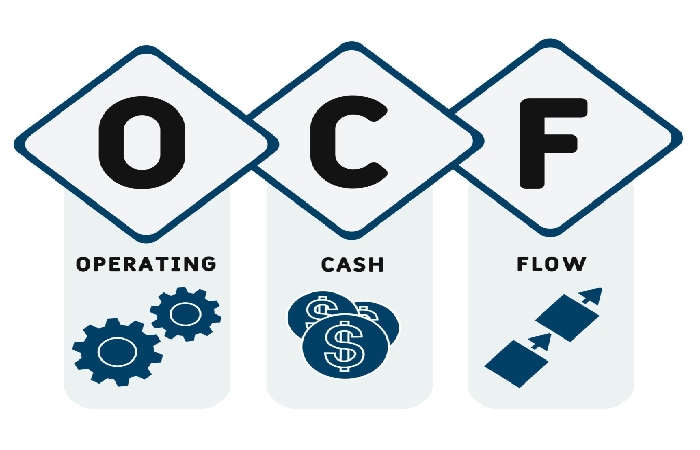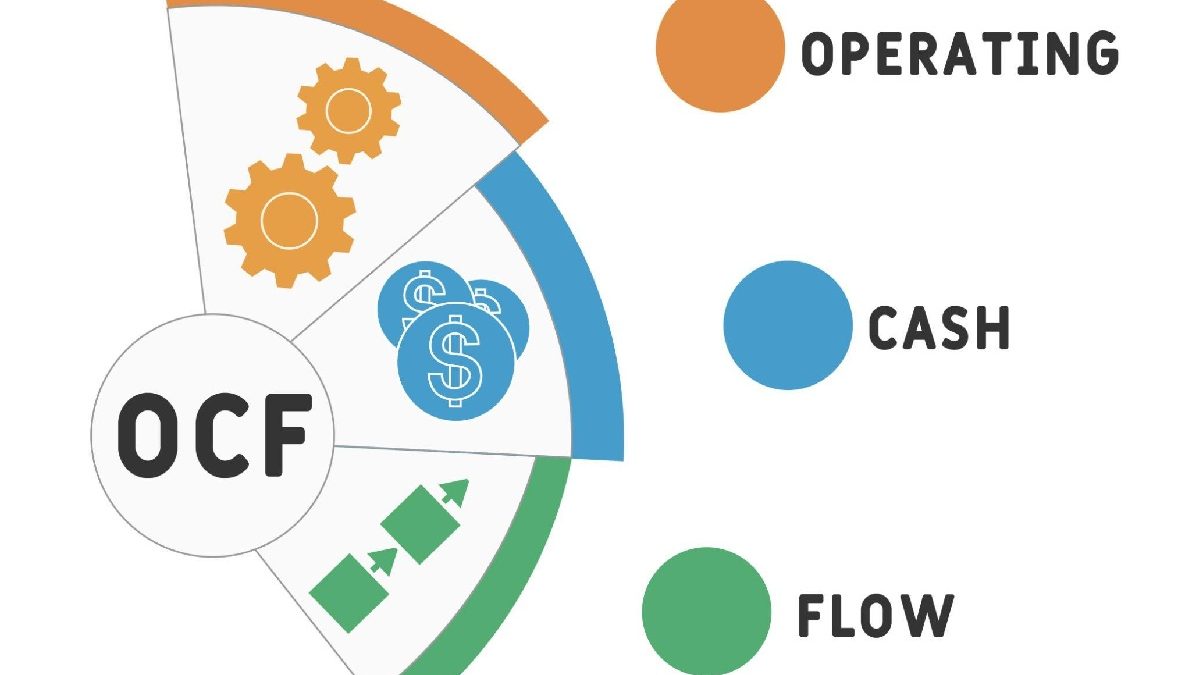Operating Cash Flow – Every firm needs a way to measure how quickly its operations are expanding. It also aids creditors or investors in determining if a business is profitable enough to support its core operations and expansion. This mathematical concept is crucial for predicting a company’s financial position and overall health.
Though the sales revenues don’t reach your bank account in time to cover your expenses on time, you can still run out of money, even though you’re making a lot of sales. You can manage your accounts and make sure you always have enough money available to pay your expenses and expand your business by understanding your cash flow and its significance.
In this essay, we’ll go over why cash flow is crucial to every organization.
Table of Contents
How Does Operating Cash Flow Work?

An accounting metric called operating cash flow keeps track of the money that a company receives and spends. It’s a crucial technique to determine whether a business can make enough money to run on its own, without the aid of loans, bonds, or stock offers. Operating cash flow, then, is more concerned with a company’s liquidity than its profitability.
Analyzing a company’s ability to produce the necessary amount of cash flow to continue and grow its current business activities is helpful.
OCF, in short, acts as a useful standard for assessing the financial success of a business in relation to its operational activities.
Functioning Cash Flow’s Importance

As it provides a clear financial picture of the ongoing business operations, operating cash flow is a crucial component of a cash flow statement.
For instance, if a business closes a significant sale contract, its revenue will increase. However, it won’t have a good impact on the economy if the corporation is unable to collect the money. Similar to this, a corporation that uses accelerated depreciation methods and has high OCF may have low net income due to significant fixed assets.
- A low OCF shows that a business has to borrow money to maintain its core activities because it does not have enough cash on hand to do so.
- A significantly large net income might be a sign that the company has trouble collecting accounts receivable.
- It provides a transparent view of a company’s operational success and is regarded as one of the most accurate measurements of cash sources.
- It acts as a doorway to other financial statements that have been reported.
Cash Flow Types
A statement of cash flow includes the following three major corporate activities:
Business Operations:
These are typical business operations. Sales commissions, interest payments, and any dividends you receive are all examples of cash inflows. Operating costs including salaries and office costs are included in outflows.
Investment operations:
These include the profits or losses derived from both short- and long-term investments. For instance, proceeds from the sale of assets like equipment, buildings, or land, as well as payments paid for the acquisition of real estate or other investment properties.
Financing operations:
This is the process of borrowing money from shares or debt and paying it back. For instance, inflows could be borrowed funds, and outflows could be debt repayment or dividend payments.
Operating Cash Flow Techniques
There are typically two operating cash flow methods:
Direct Approach
It is thought to be a straightforward formula that aids in obtaining precise results. However, prospective investors won’t gain much knowledge from this operating cash formula. As a result, it is mostly utilized by businesses to monitor their operational performance.
The equation is written as,
Total Revenue – Operating Expense = Operating Cash Flow.
Indirect Technique
With this approach, the non-cash components will add to the net income to adjust it for balance sheet changes. However, to account for changes in inventory and accounts receivable, depreciation is also included in net income.
In other words, the indirect method of determining OCF demands that non-cash items be adding to net income while also adjusting for changes in net capital.
It’s further stated,
Net income + Operating Cash Flow Non-cash expenditures plus adjustments to assets and liabilities
Example of Operating Cash Flow Calculation
Guitars and other musical instruments are the focus of Radha’s music store. Geeta Center is Radha’s rival, and she wants to look into how she develops her company. The following are Radha’s financial statements for the fiscal year:
- Gross revenue: $1,000,000
- 10,000% depreciation
- Accounts Receivable Change: +$50,000
- Inventory change: -20,000
- Accounts payable adjustment: $25,000
Solution:
Let’s figure out Radha’s store using the indirect approach. Net income minus changes to assets and liabilities plus non-cash expenses equals operating cash flow.
= 1,00,000 – 50,000 + 20,000 – 25,000 – 10,000
Operating Cash Flow = about 50,000
Therefore, it is clear that Radha was successful in producing $55,000 in financial flows from her business. This balance shows that Radha made enough money from her activities to have $55,000 left over (savings) at the end of the year, which she invested in the expansion of the business.
What distinguishes cash flow from operating cash flow?
Investing cash flow, Operating cash flow, and financing cash flow are the three components that make up a company’s cash flow. The most crucial metric is operating cash flow since it shows whether the business is viable and generates enough revenue to cover all costs with enough left over for dividends or expansion.
Finance cash flow indicates the receiving of any funds from outside funding sources, often used to buy assets, and payments to those sources, such as dividends and debt repayment. Investing cash flow reflects the buying or selling of assets employed in the firm. The total cash position, or net cash flow, of a corporation, is determined by adding the cash flows from operations, investing, and borrowing.
Conclusion
A measure of the amount of money made by a company’s regular business operations is known as operating cash flow (OCF). Operating cash flow shows if a business can produce enough positive cash flow to support and expand its operations; if not, it may need outside finance for capital growth.
Whatever method you use, measuring cash flow is still crucial. Companies can grow, introduce new goods, pay dividends, and even pay down debt with the aid of cash flow (and OCF). A business is less flexible without a positive cash flow.1

